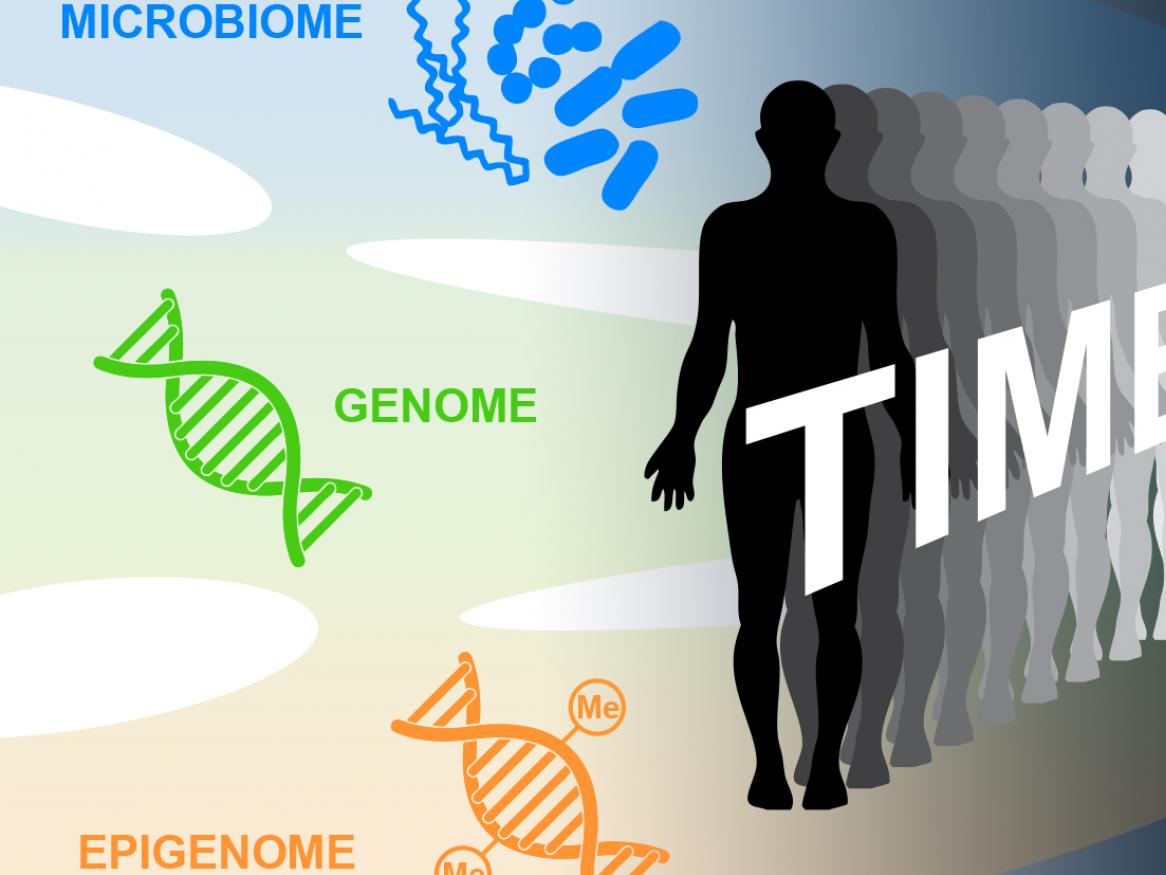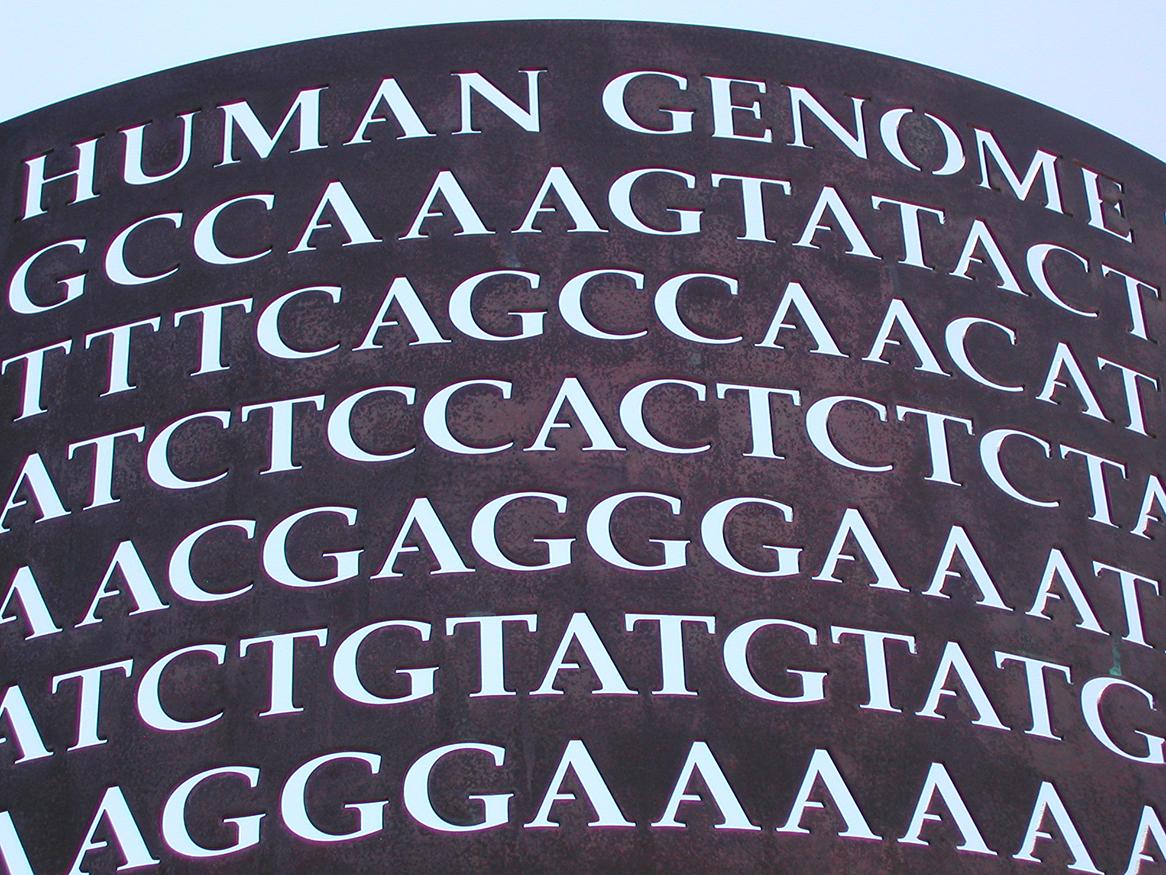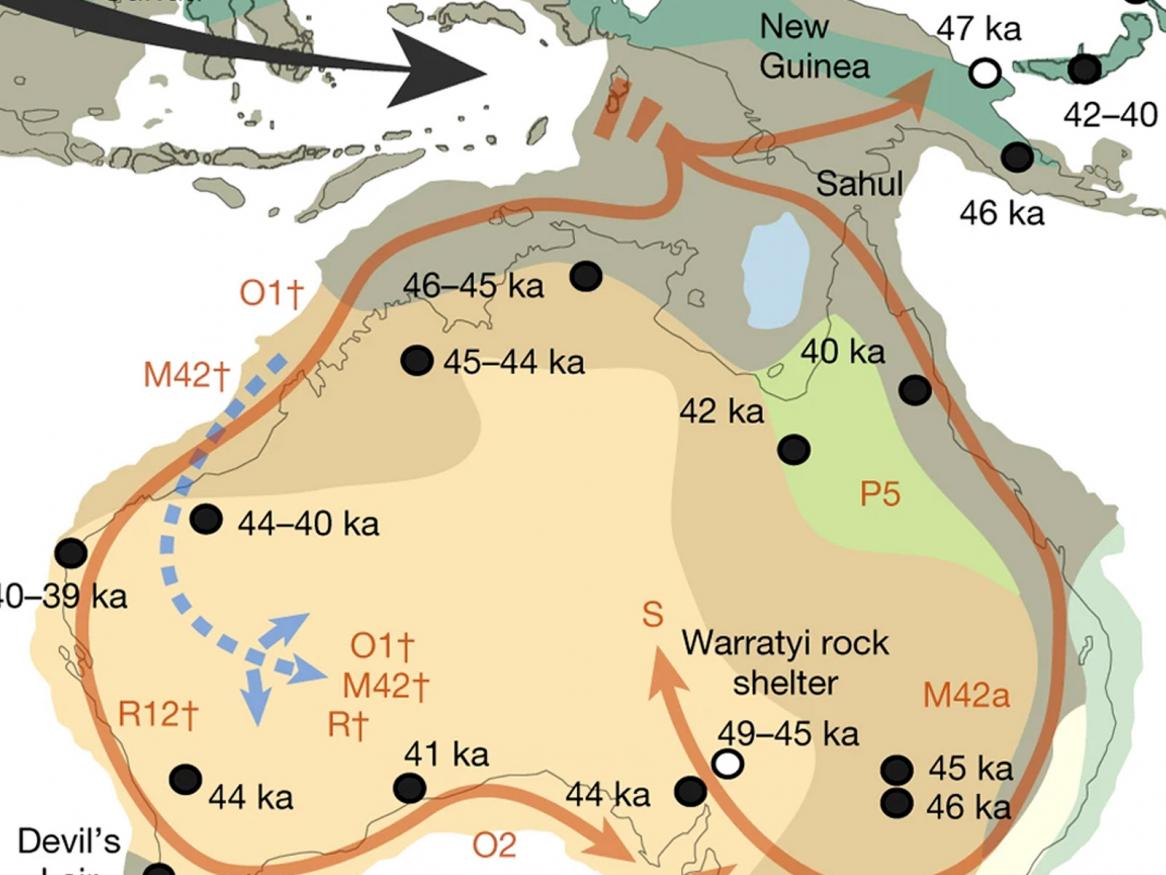Human Evolutionary Genomics
The reconstruction of the human evolutionary history is the focal point of a wide range of scientific disciplines including human biology, human genetics, medical sciences, archaeology and palaeoanthropology.
It is essential to understand the underlying mechanisms of how humans adapt when encountering new environmental challenges (many of which can be man-made), when facing climatic changes (e.g. the last glacial maximum), or when undergoing changes in subsistence strategies (i.e. from a hunter-gatherer to a farming lifestyle).
How much of the human adaptability can be ascribed to classical biological adaptation of the organism (via natural selection) vs. general plasticity of the human physiology and vs. the ability to tackle challenges through cultural and behavioural flexibility?
Similarly, what evolutionary forces shape genes that are involved in response to the ever-present exposure to pathogens or that contribute to the risk of human disease given a particular lifestyle/environment?
In addition, uni-parental markers (mtDNA and Y-chromosome) allow the reconstruction of phylogenetic relatedness and therefore allow us to track past migrations and describe pre-(historic) expansion patterns.
Associate Professor Bastien Llamas
An integrated molecular approach to human evolution
This project aims to integrate high precision and authentic genomic, epigenomic and microbiome information from human ancient DNA samples to better understand recent human evolution.
Special focus is given to the biological impacts of rapid socio-cultural and environmental changes such as the adoption of farming, epidemics, and colonialism.
Associate Professor Bastien Llamas offers higher degree research and honours studies in the areas of epigenetics, ancient DNA, bioinformatics and genetics.
Dr Yassine Souilmi
Palaeo population genomics: Studying adaptation using ancient human DNA
This project applies state of the art population and quantitative genetic techniques to a powerful new database of ancient human genomes - spanning from hunter-gatherers and early farmers through to the Middle Ages - to build the first detailed spatio-temporal portrait of human genetic adaptation through time. This record will capture the major socio-cultural transitions in human history, and reveal the genetic and environmental drivers that have shaped modern human genetic diversity and pathology.
Photo: Dollar Bin CC BY-NC 2.0
Dr Gludhug Purnomo
Investigating the peopling of Sahul (the landmass formerly connecting Australia with New Guinea)
Much research is being done on the Pleistocene continent of Sahul, and the human evolutionary team at ACAD is investigating genetic records to better understand the admixture and adaptation to certain climatic environments via two major projects below:
Using genetics to reconstruct the peopling of Sahul
Genetic, ecological, and archaeological evidence indicates that the ancestors of modern Indigenous Australians and Papuans arrived on Sahul >50 thousand years ago and mixed with multiple now-extinct hominin groups during their migration to Sahul.
However, we still know very little about the route(s) taken into Sahul and when and where the ancestors of Australo-Papuans interacted with archaic hominin ancestors during this historic migration. In this project we will use information extracted from hundreds of genomes from populations across Australia, New Guinea, and Island South East Asia to reconstruct these movements and mixing events during the eventful journey to Sahul.
Adaptation and diversification of the first peoples of Sahul
Indigenous Australians currently inhabit a variety of distinct and contrasting environments, a connection that has persisted for thousands to tens of thousands of years. However, major gaps in the current genetic record of Indigenous Australia have prevented detailed analysis of the connection between Indigenous Australians and their homelands, and how living these unique environments have shaped the broad biological diversity observed amongst contemporary Indigenous Australians.
This DECRA project will fill in gaps in the Australian genetic record by using ancient DNA recovered from sediments and screen hundreds of Indigenous Australian genomes for signs of how they have co-evolved with the Australian landscape.



